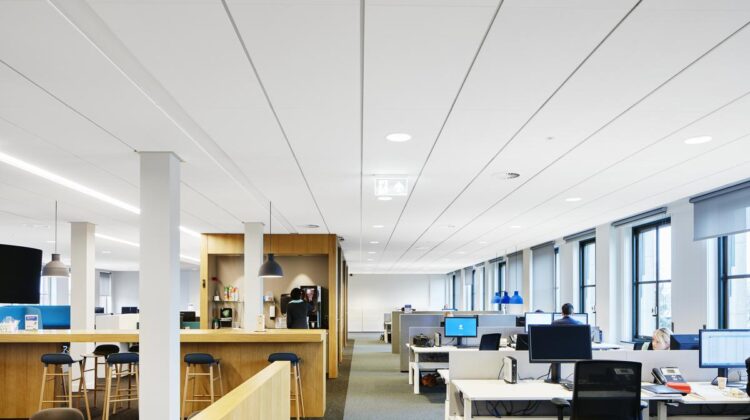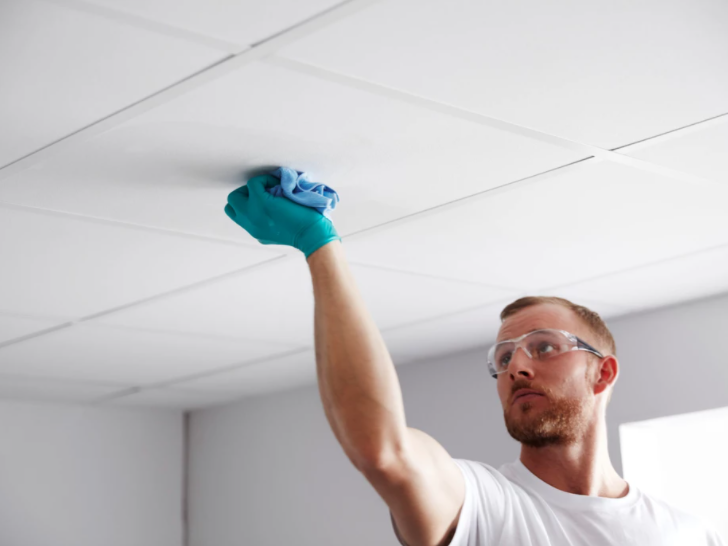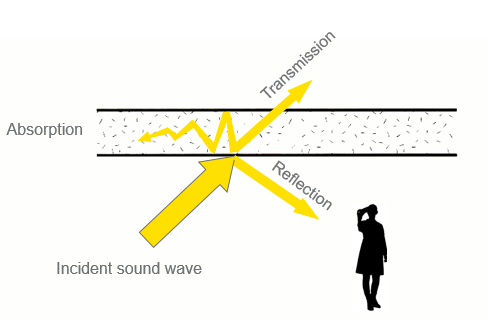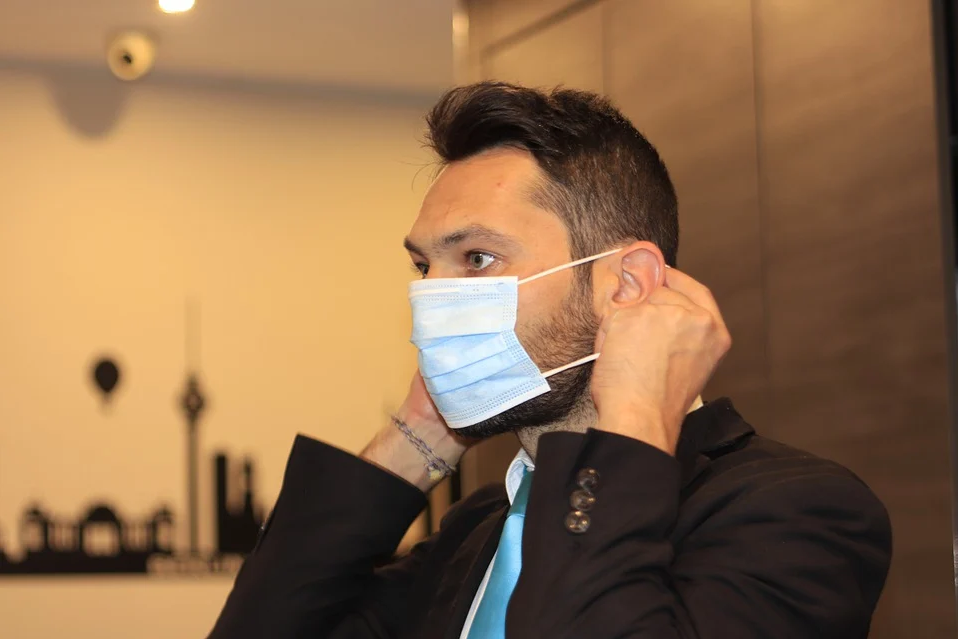
The nature of work has changed, and with it, the way we design offices. But how will this change the sound environment of future offices and what does it mean for the acoustic design of workplaces?
By far the space layout with the highest risk of infection in the modern office is the various versions of open-plan designs. However, it is not likely that this type of workplace design is going away anytime soon. Post Covid-19, the open-plan office is nevertheless likely to be different in several key ways. Not least in regards to function, spacing, screening, materials, hygiene, and behaviour etc. All these factors will have an effect on the sound environment. In turn, we as acousticians and sound enthusiasts will need to consider these new conditions and how they affect both our available acoustic design measures and the sound environment we are working with.
OBS: It is important to note that the information provided below represents our current understanding of this domain and will likely be subject to change as new information is uncovered or the situation in regard to Covid-19 and the future of virus-proof offices.
Hygiene
Firstly, the open-plan office will from now on be subject to new forms of hygiene standards and procedures. While not directly related to acoustics, hygiene considerations will create higher requirements for both acoustic and other materials. This could very well affect the entire make-up of the office space, which in turn will change the acoustics.
In terms of acoustic materials, it is important to look for surfaces that retain as few particles as possible. Smoother surfaces with little to no cavities or holes are therefore desirable. This will primarily be relevant for mounted or free-standing vertical absorbers, which should be easy to wipe down while also able to withstand the frequent use of ethanol-based (70%) disinfectants[1].

Absorption
In line with the previous point, the open-plan office will generally have harder, smooth and cleanable surfaces[2]. This means that virus-proof open-plan offices in general will be more reverberant. This puts higher acoustic demands on the absorptive material present, since the equivalent absorption area of general interior design furnishings and décor will be reduced. In other words, the absorptive performance of the acoustic surface must be as high as possible. Class A (aw= 0,9-1,0) acoustic materials will essentially be the only choice, as any acoustic materials present will be the only factor that adds to the equivalent absorption area of the room to any significant degree.

Layout
Furthermore, social distancing will mean changes to the typical office plan layout. The company Steelcase has produced some possible layout solutions in their guide: “Navigating Whats Nexts: The Post COVID Workplace.[3].”
In relation to acoustics this will generally mean more space per person, which will mean longer reverberation times that only add to the importance of the high-performance acoustic materials mentioned above. Luckily, the need for distancing can be lessened by screening off working areas, which also improves the sound environment – especially when done with effective acoustic screens – These will naturally be subject to the same cleaning and disinfection demands as mentioned earlier.
Background noise levels and speech clarity
Surprisingly, noise seems to be implicated as an important factor in the spread of Covid-19.
Even though not technically airborne, droplets or vocal “spray” are highly infectious. Many of the worst incidents of mass infection of Covid-19 have occurred in spaces with high noise levels, such as night clubs, choir concerts and similar. In noisy conditions or when projecting our voices over long distances or to many people we also increase the range of infectious vocal spray.[4] Assuming that masks are not going to be a permanent antiviral measure in the workplace, this aspect of the virus-proof office is most definitely worth considering.

An often-cited potential change in offices in the wake of the pandemic, is less need for office workspaces for traditional concentration work, along with more spaces for collaboration, socialising and the like. This will naturally mean more verbal communication and higher background noise levels. Closing the distance to your conversational partner is one of the most common ways of making yourself clearly audible.[5] With social distancing we are less likely to choose this option, and the alternative is of course to raise your voice, which in turn increases vocal spray. So in workplace situations with elevated noise levels and low speech clarity it can be hard to both communicate and reduce risk of infection.
By instead lowering noise levels and raising speech clarity through acoustic treatment, you decrease the amount of vocal effort needed to project your voice and increase the distance you are audible to your conversational partners.
Sources:
[1] https://www.bbc.com/future/article/20200529-the-surfaces-that-kill-bacteria-and-viruses
https://workinmind.org/2020/04/21/can-we-future-proof-buildings-against-viral-outbreaks/
[2] https://www.nejm.org/doi/pdf/10.1056/NEJMc2004973?articleTools=true
[3] https://eventscouncil.org/Portals/0/Steelcase_ThePostCOVIDWorkplace_Edition1.pdf
[4] https://www.businessinsider.fr/us/loud-talking-singing-spread-coronavirus-further-than-6-feet-2020-3
[5] https://ing.dk/artikel/kronik-stoej-overset-smitterisiko-ved-corona-236140?utm_source=linkedin&utm_medium=social&utm_content=social_bottom__20200612120010&utm_campaign=socialbuttons

